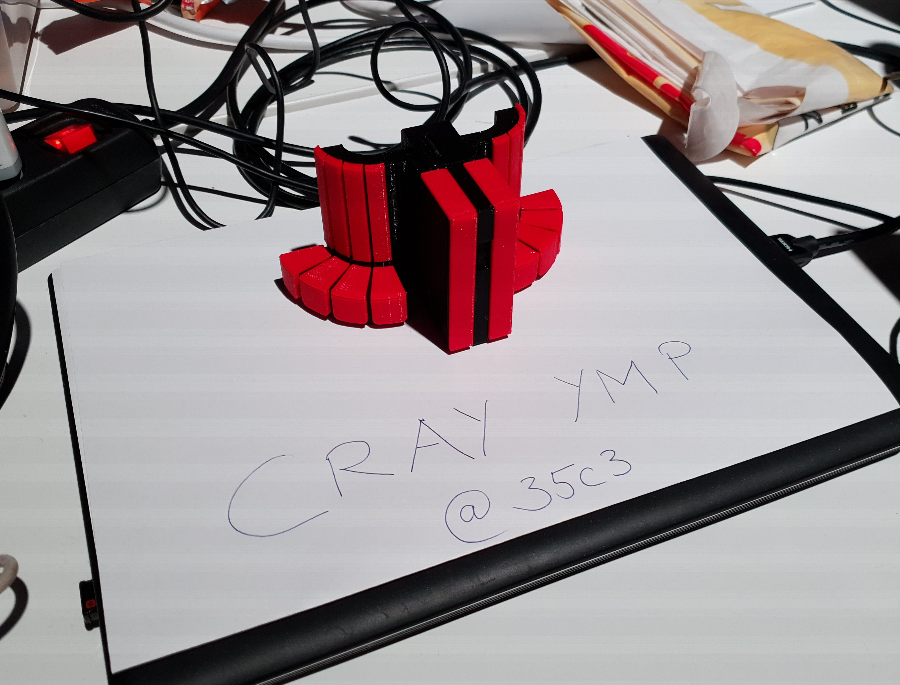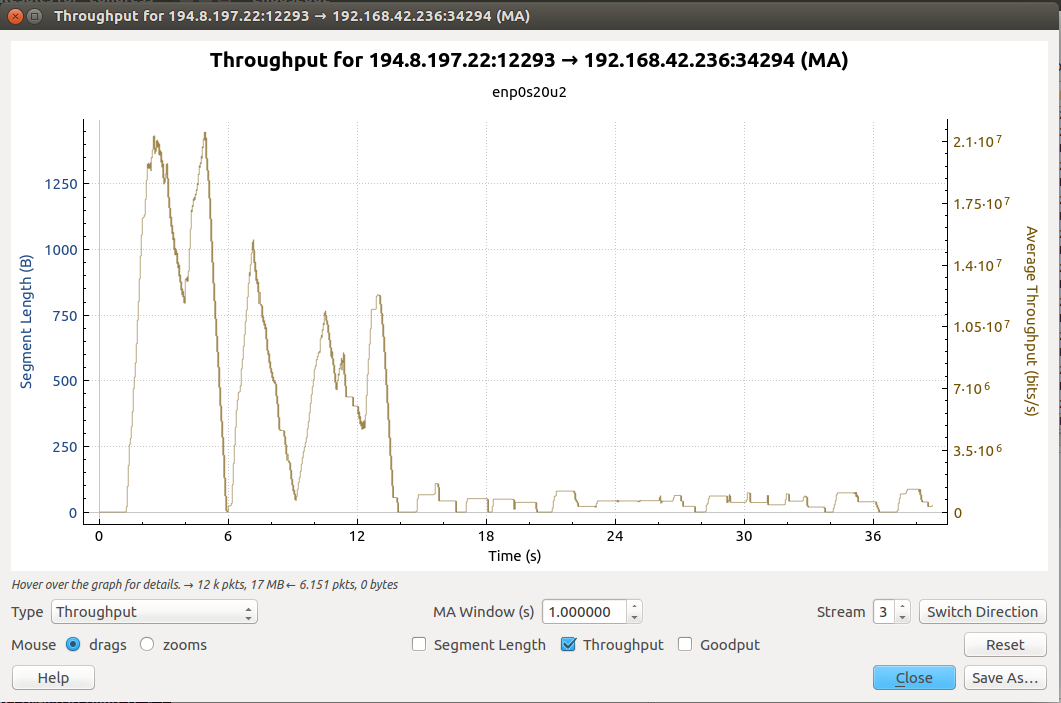When I migrated from my Samsung S5 to an S9 smartphone last year I also made the significant step to run LineageOS without any Google Apps or frameworks on top. This has improved my privacy even further as the device does not talk to Google at all anymore now (*). The only major downside is that without the Google Play app, access to the standard app store is not possible per default. But there’s a fix for this!
Category: Uncategorized
25 Euros per Roaming Gigabyte Now and WB-AMR From Dubai
As I travel a lot I kept a close eye on falling roaming costs over the years. On the one hand every price reduction offsets increasing volume requirements due to the continuing increase of website and document sizes. On the other hand, additional data volume for the same price as before gives me additional autonomy from local Wifi access that is often patchy and slow and allows me to do new and more data intensive things even while not at home. When I was recently in Dubai, I was glad to notice that my mobile network operator of choice has increased the amount of data I can get for €25 from 500 MB back in December 2018 to 1 GB in January 2019. In both cases, the data bucket was valid for up to a week and additional packages could be bought when running out of data earlier.
This nice increase also allowed me to add one more thing to my list of services I use while roaming outside the EU: VoWifi over LTE. Continue reading 25 Euros per Roaming Gigabyte Now and WB-AMR From Dubai
The Rise and Resurrection of the 2D Barcode – This Time For Real!
 2D barcodes on mobile devices have been around even before the advent of 3G networks. The first time I mentioned the technology on my blog was in 2006 but for more than a decade, nothing much was done with the technology, at least not in Europe anyway. But now, 13 years later, I catch myself actually using them for a variety of things and I noticed how ideal they are to send digital information through space and time over quite unexpected channels.
2D barcodes on mobile devices have been around even before the advent of 3G networks. The first time I mentioned the technology on my blog was in 2006 but for more than a decade, nothing much was done with the technology, at least not in Europe anyway. But now, 13 years later, I catch myself actually using them for a variety of things and I noticed how ideal they are to send digital information through space and time over quite unexpected channels.
Continue reading The Rise and Resurrection of the 2D Barcode – This Time For Real!
US Marketing Does It Again – 3G became 4G – Now 4G becomes 5G
It’s sad to see history repeating itself. Back in 2012 one network operator in the US that, at the time, had not yet introduced LTE decided to just rebrand its dual carrier HSPA network into 4G. Done, a 4G network overnight out of thin air with a bit of a creative redesign of the network indicator logo on devices! Other operators were furious and looked for ways out. One operator that already had an LTE network decided to call it “Real LTE” in advertisements. Now that 5G networks are on the horizon, history repeats itself, at least in the US, the land of ‘creative’ marketing. Continue reading US Marketing Does It Again – 3G became 4G – Now 4G becomes 5G
Raspbian Jessie Support One Year Later
 About a year ago, Debian 8 ‘Jessie’, that was the basis for the main Raspberry Pi operating system (Raspbian) for quite some time, was nearing the end of its standard maintenance cycle. Debian would continue to supply security patches for this version but not for all CPU platforms. By that time, Raspbian had already moved to Debian 9 ‘Stretch’ but I still had quite a number of Raspberries running in several locations that would have been difficult to simply upgrade to Debian 9. So the question back then was if Raspbian based on Debian 8 would still be supported by the Debian long term support team!? At the time I was not sure because the ARM architecture of the Pi did not seem to be included. So where do we stand one year later?
About a year ago, Debian 8 ‘Jessie’, that was the basis for the main Raspberry Pi operating system (Raspbian) for quite some time, was nearing the end of its standard maintenance cycle. Debian would continue to supply security patches for this version but not for all CPU platforms. By that time, Raspbian had already moved to Debian 9 ‘Stretch’ but I still had quite a number of Raspberries running in several locations that would have been difficult to simply upgrade to Debian 9. So the question back then was if Raspbian based on Debian 8 would still be supported by the Debian long term support team!? At the time I was not sure because the ARM architecture of the Pi did not seem to be included. So where do we stand one year later?
Congress, an SX64 and Rescuing a 30 Year Old Program
I’m always amazed by the unexpected things happening at Congress. This year, or rather at 35c3 in December 2018, I could hardly believe what kind of gift I got and how I could immediately put it to good use to rescue a 30 year old program of mine from an ancient storage media.
Continue reading Congress, an SX64 and Rescuing a 30 Year Old Program
An RSS Icon And Feed Link to Your Left Now!
![]() For many years, I’ve been using the RSS button built into Firefox to copy and paste the feed link of a blog or website to my favorite RSS reader, Selfoss. That is until recently, however, when Mozilla decided to remove all RSS functionality, including the RSS button from the codebase. Shame on you Mozilla! Yes, compared to the billions of Facebook and Twitter users, those few (?) millions who use RSS seem to be nothing to you. Thanks for nothing! Frankly, I could not imagine to browse all the different sites I follow manually to check for new content without going utterly mad.
For many years, I’ve been using the RSS button built into Firefox to copy and paste the feed link of a blog or website to my favorite RSS reader, Selfoss. That is until recently, however, when Mozilla decided to remove all RSS functionality, including the RSS button from the codebase. Shame on you Mozilla! Yes, compared to the billions of Facebook and Twitter users, those few (?) millions who use RSS seem to be nothing to you. Thanks for nothing! Frankly, I could not imagine to browse all the different sites I follow manually to check for new content without going utterly mad.
Continue reading An RSS Icon And Feed Link to Your Left Now!
Jabber on iOS – ChatSecure and ZOM
 I value my privacy and have no intention to put apps on my devices whose first act is to scrape my phone book. That’s why I’m a heavy user of ‘Conversations‘, an open source mobile chat app for Android with end-to-end encryption. Unfortunately, Conversations is only available for Android. There are some iOS Jabber apps available as well but I always found them lacking in one way or the other and could thus not recommend them to iPhone users. Until now!
I value my privacy and have no intention to put apps on my devices whose first act is to scrape my phone book. That’s why I’m a heavy user of ‘Conversations‘, an open source mobile chat app for Android with end-to-end encryption. Unfortunately, Conversations is only available for Android. There are some iOS Jabber apps available as well but I always found them lacking in one way or the other and could thus not recommend them to iPhone users. Until now!
Gogo Inflight Traffic Shapping
When I recently flew from Europe to the US with Delta Airlines I was quite positively surprised about the Internet access that was offered on board. Over recent years, I noticed that Internet connectivity in the air significantly slowed down to a point where it is almost unusable. On this flight however, I could browse the Internet just fine and get a lot of stuff done for which I needed to be online. However, I noticed an interesting traffic shaping method that made downloading larger files impossible.
Building a Cray Y-MP (Model) at Congress
 When you spend 16 hours a day at Congress, there is some time to do things that one otherwise would not come around to do. For 35c3, I took a model kit of a Cray Y-MP with me to assemble that has space for a Raspberry Pi Zero in its center cabinet. A bit of time and half a gram of super glue later and I had the perfect combination of what once was the fastest and one of the most expensive computers in the world in the 1980s and one of the smallest and cheapest computers running Linux in 2018.
When you spend 16 hours a day at Congress, there is some time to do things that one otherwise would not come around to do. For 35c3, I took a model kit of a Cray Y-MP with me to assemble that has space for a Raspberry Pi Zero in its center cabinet. A bit of time and half a gram of super glue later and I had the perfect combination of what once was the fastest and one of the most expensive computers in the world in the 1980s and one of the smallest and cheapest computers running Linux in 2018.
